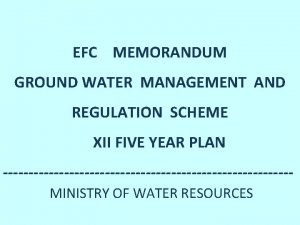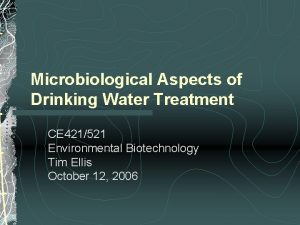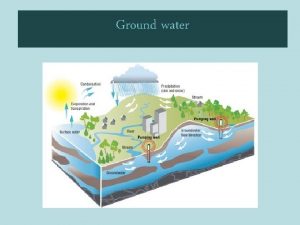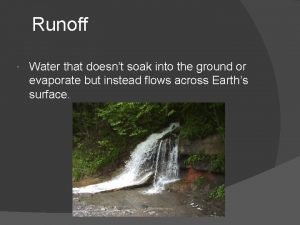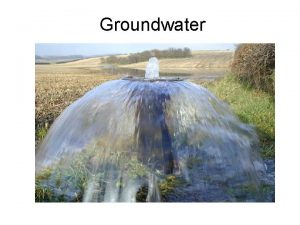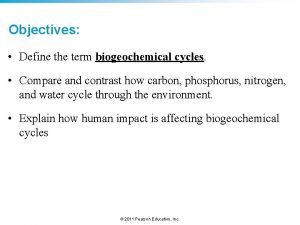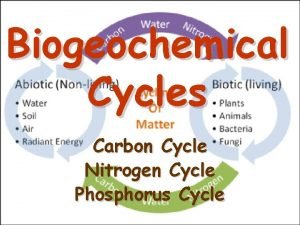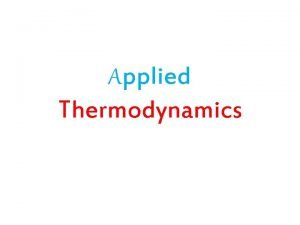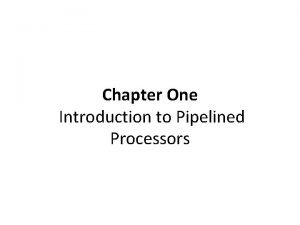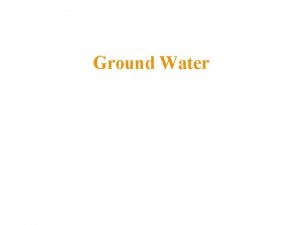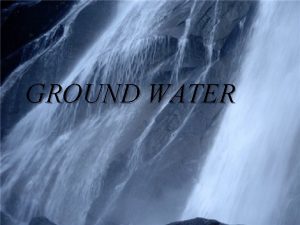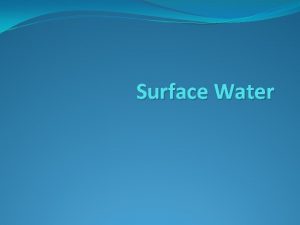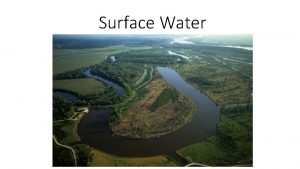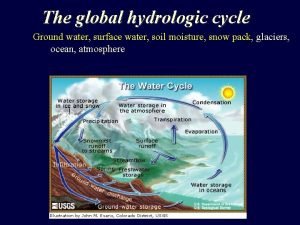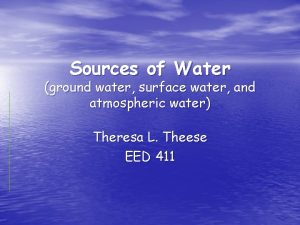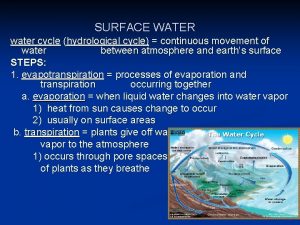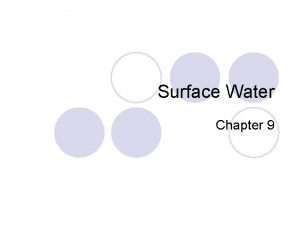Water Cycle Ground Water and Surface Water 2


















- Slides: 18

Water Cycle, Ground Water, and Surface Water 2. 3. 2. a


Water Cycle Earth's water is always in movement, and the natural water cycle, also known as the hydrologic cycle, describes the continuous movement of water on, above, and below the surface of the Earth. Water is always changing states between liquid, vapor, and ice, with these processes happening in the blink of an eye and over millions of years.

Bill Nye the Science Guy (23 min) http: //www. youtube. com/watch? v=G 6 Fp. Od. SVe. IU

Salt vs Fresh water

Surface Water Surface water is water collecting on the ground or in a stream, river, lake, wetland or ocean

Surface Water Eventually surface water will infiltrate into the ground where it becomes groundwater.

Water Table As the water percolates down through the soil, it eventually go through the water table and into groundwater

Ground Water Groundwater is water located beneath the Earth’s surface in soil pore spaces and in the fractures of rocks formations Due to gravity, ground water usually flow down until it either reaches an ocean, river or lake In compacted soils, or in a confined aquifer, ground water usually moves very slowly In loose sandy soils, ground water can move quickly

Zone of Aeration (A) vs. Zone of Saturation (Water)

Recharging ground water

Cone of Depression

Zones B A Why is the well marked “A” successful and the well “B” unsuccessful?

Aquifers An aquifer is an underground layer of rock in which water can travel through

Movement Groundwater moves by twisting and turning through interconnected small openings. The groundwater moves more slowly when the pore spaces are smaller. http: //techalive. mtu. edu/meec/module 01/Infiltration 2. html

Water movement Eventually, ground water will reach the surface in which it will either become surface water or it will evaporate into the air. Evaporation is the primary pathway that water moves from the liquid state back into the water cycle as atmospheric water vapor. Studies have shown that the oceans, seas, lakes, and rivers provide nearly 90 percent of the moisture in the atmosphere via evaporation, with the remaining 10 percent being contributed by plant transpiration


Condensation When the water vapor increases with altitude, it cools. (Just like if you were to climb Mt. Everest, you are going to get cold as you go up. ) As the water vapor cools, it condenses and changes form from a gas to a liquid. As liquid particles build up, it starts to rain.
 Water and water and water water
Water and water and water water Surface area of a cone
Surface area of a cone Find the lateral surface area of the prism.
Find the lateral surface area of the prism. Water cycle brainpop
Water cycle brainpop Water cycle the hydrologic cycle
Water cycle the hydrologic cycle Ground water management and regulation scheme
Ground water management and regulation scheme High surface tension vs low surface tension
High surface tension vs low surface tension Sources of groundwater pollution
Sources of groundwater pollution 421521
421521 Ground water
Ground water Water that doesn't soak into the ground
Water that doesn't soak into the ground Uses of groundwater
Uses of groundwater Phosphorus cycle pearson education
Phosphorus cycle pearson education Difference between phosphorus cycle and carbon cycle
Difference between phosphorus cycle and carbon cycle Difference between open cycle and closed cycle gas turbine
Difference between open cycle and closed cycle gas turbine Simple cycle and greedy cycle
Simple cycle and greedy cycle Chapter 5 principles of engine operation
Chapter 5 principles of engine operation Difference between open cycle and closed cycle mhd system
Difference between open cycle and closed cycle mhd system Cycle handball cycle 4
Cycle handball cycle 4





